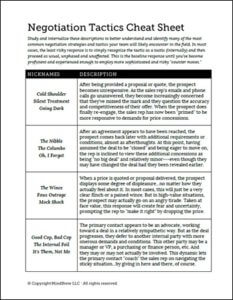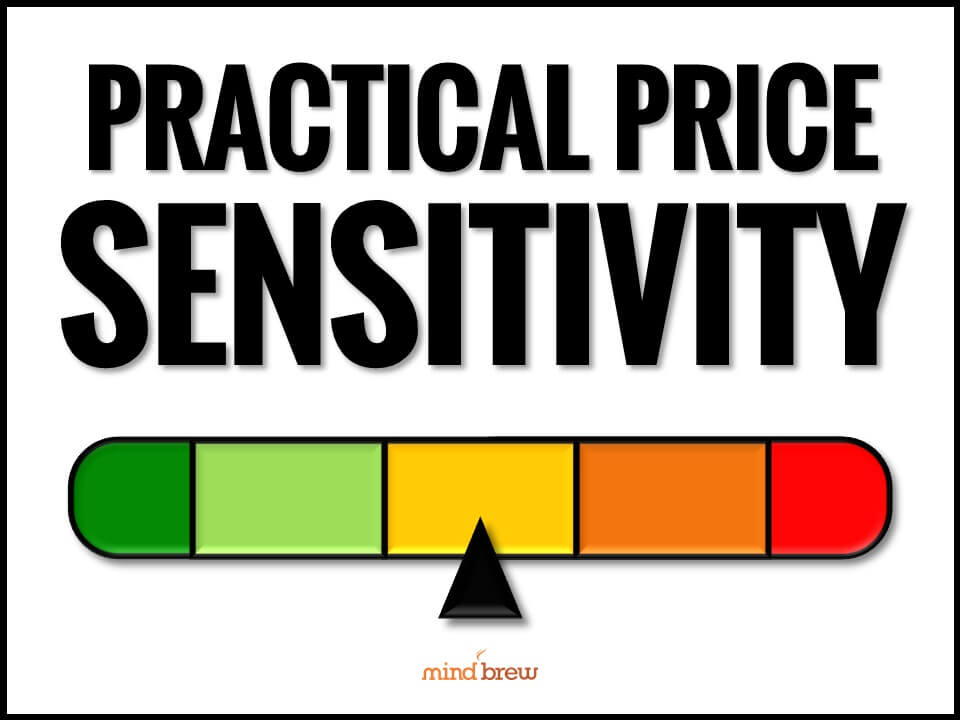In the Secrets of Price Negotiation webinar, we expose and explain many of the strategies, tactics, and tricks that buyers will use to extract price concessions from your salespeople. To help identify and recognize the various negotiation tactics and tricks in the field, we also provide a downloadable cheat sheet that can be used as a training aid and quick reference.
As you go through these materials, some of the tricks you’ll learn about may seem too simple…or even too silly…to actually work. But they do work…again and again. And that’s why buyers keep using them…again and again.
For example, here’s how one common trick plays out…
After the prospect has been provided a proposal or quote, they suddenly become unresponsive and unreachable. They no longer reply to follow-up emails. Direct phone calls now go to voicemail and aren’t being returned.
As the days go by, the salesperson becomes increasingly concerned that they’ve totally missed the mark on the quote. Was their quote way too high? Was it so out of the ballpark that the prospect has now written them off entirely? Has the deal already been lost to a competitor?
The second-guessing and scenario-spinning goes on and on.
So when the prospect eventually decides to re-engage, the salesperson has already imagined so many negative possibilities that they are now “primed” and ready to cave. And in some cases, the sales rep will have already concluded that concessions are in order and will serve them up, proactively and unprompted!
In purchasing circles, this trick is known by many different names—i.e. the Cold Shoulder, the Silent Treatment, Going Dark, etc.
And while it seems a bit silly…like something you’d see between high school students…it actually works. In fact, it works to such an extent that some buyers have built a “Freeze Out” period into their standard purchasing process.
Of course, when you know (or suspect) it’s a trick, it loses most of its power. And when you know how and why the trick works, you can do something about it.
Maybe this particular account does this all the time, so you can plan for it when developing your initial quotes. Should the delay become extended, you might put a time limit on the quote. Or maybe you leverage the delay to say that the quote should “technically” be higher now, so sticking to the original quote becomes the concession. If you can stomach some risk, there are many possibilities to “counter” this trick.
But the least risky thing you can do is also one of the most effective:
Just do nothing. Don’t let it affect you. Don’t assume things or try to read minds or spin up nightmare scenarios. Don’t get agitated or nervous. And certainly don’t offer preemptive concessions to “get things moving.” Just recognize it for the trick that it is, have a chuckle, wait it out, and stick to your original quote.
This is just one of dozens of different strategies, tactics, and tricks we expose in the webinar and cheat sheet. And as simple and silly as this one trick might be, the odds are pretty high that it’s eroding your margins right now.
So you have to wonder…what are the rest of these tricks costing you?
















